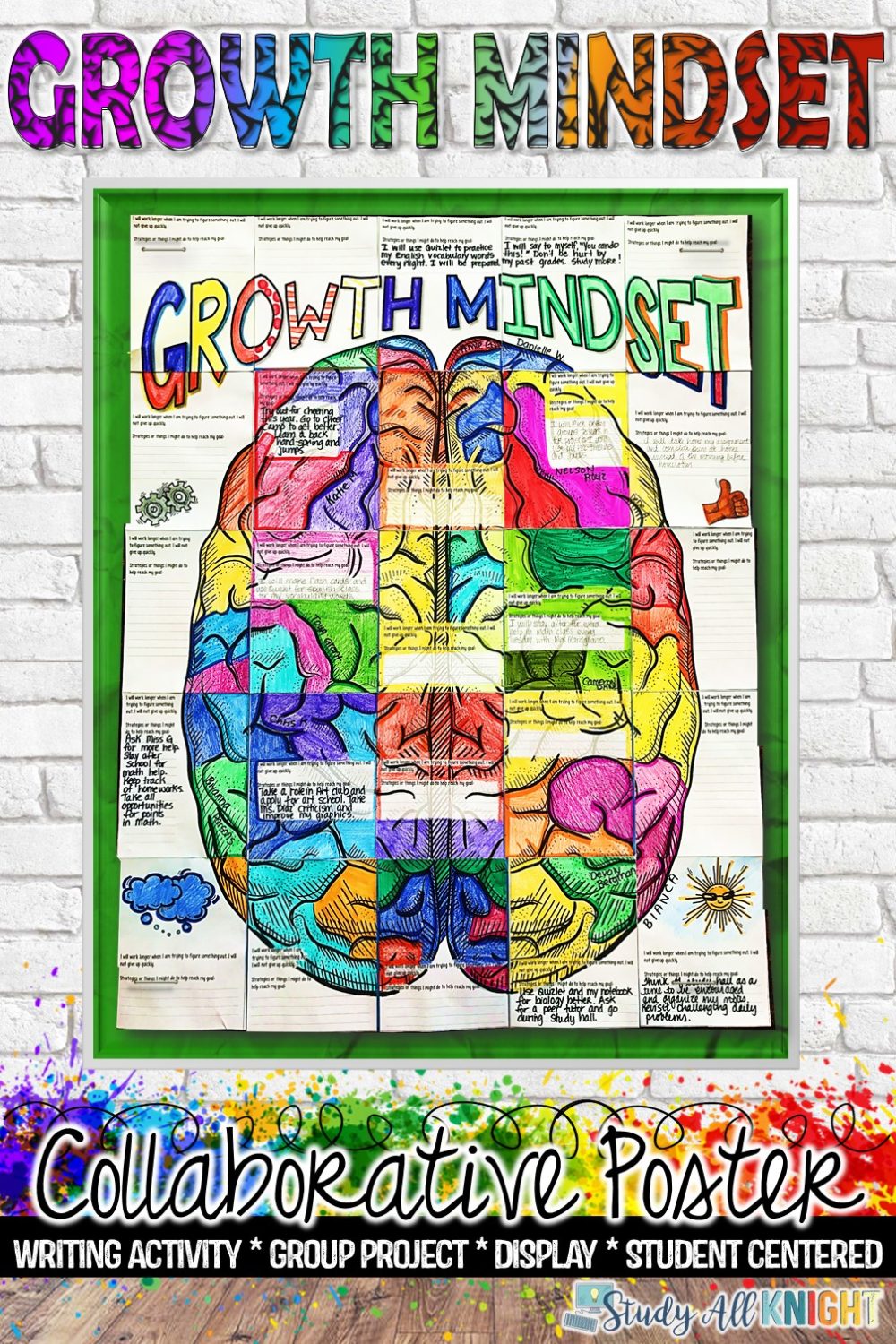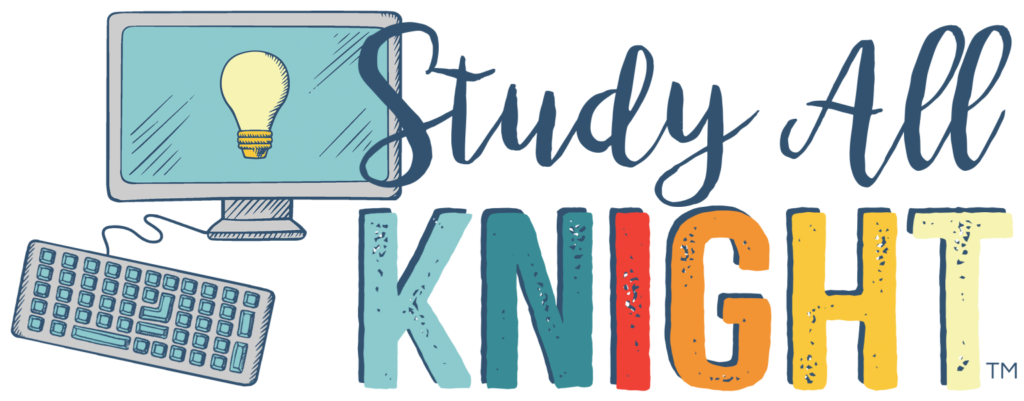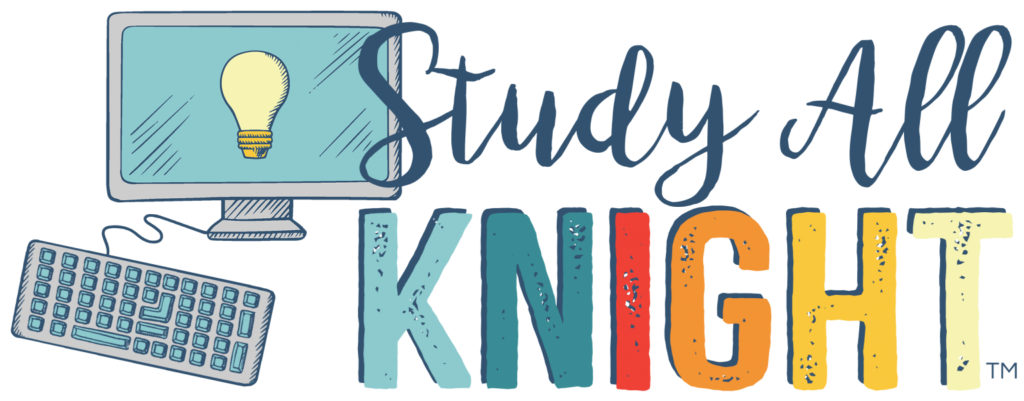As educators, we are constantly making goals for our classes and ourselves. In addition to setting goals for ourselves, we encourage students to set goals for themselves and sometimes we may help students set academic or personal goals. A great way to talk about goals with your students is to introduce GRIT. Achieving goals through is a skill that you can take from high school to college, to the workforce. To help your students achieve their goals, give them the GRIT test and let them see what they get!

What is GRIT?
GRIT is a test that tells you how “good” you are on each level of GRIT. In other words, the test tells you what your strengths and weaknesses are when it comes to:
- Giving it your all
- Redoing work if needed
- Ignoring the want to give up
- Taking the time to do it right
Along with telling you where your strengths and weaknesses are in each area, the test will give you pointers to strengthen the areas you might be weak in. When you are working towards achieving a goal, knowing what you need to work on is vital.
Breakdown
Before we talk about how you can use GRIT in your classroom, let’s breakdown what each level really means.
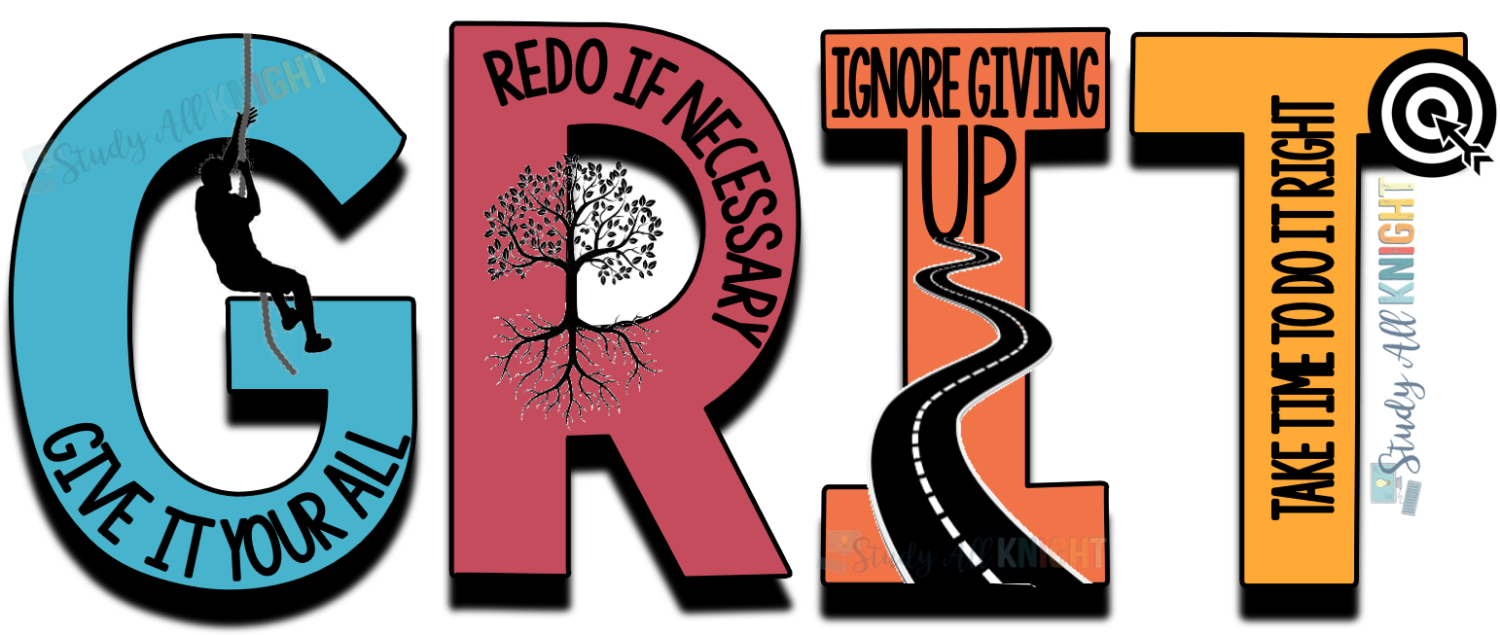
- G: Giving it your all means exactly that—giving your assignment, your game, your goal everything you have. When achieving your goal through GRIT, you can’t do anything halfway, you want to make sure you give what you want your all!
- R: Whether we are giving something our all or not we are bound to make mistakes. Instead of shrugging your shoulders and walking away, redo what you need to in order to achieve your goal.
- I: Recognizing there are going to be days where you simply do not want to is an understatement. Think about working towards your goal is working out. Are there are going to be days you don’t want to get up and run? Of course there are. Similarly, when we are getting up and working towards a long-term goal we might not want to take the necessary steps. When those days happen, you have to ignore that voice and just get what you need to be completed to achieve your goal.
- T: Anything worth doing is worth doing right. So when you set a goal and you want to achieve it, GRIT down and take the time needed to get it done correctly and on time.
GRIT in your Classroom
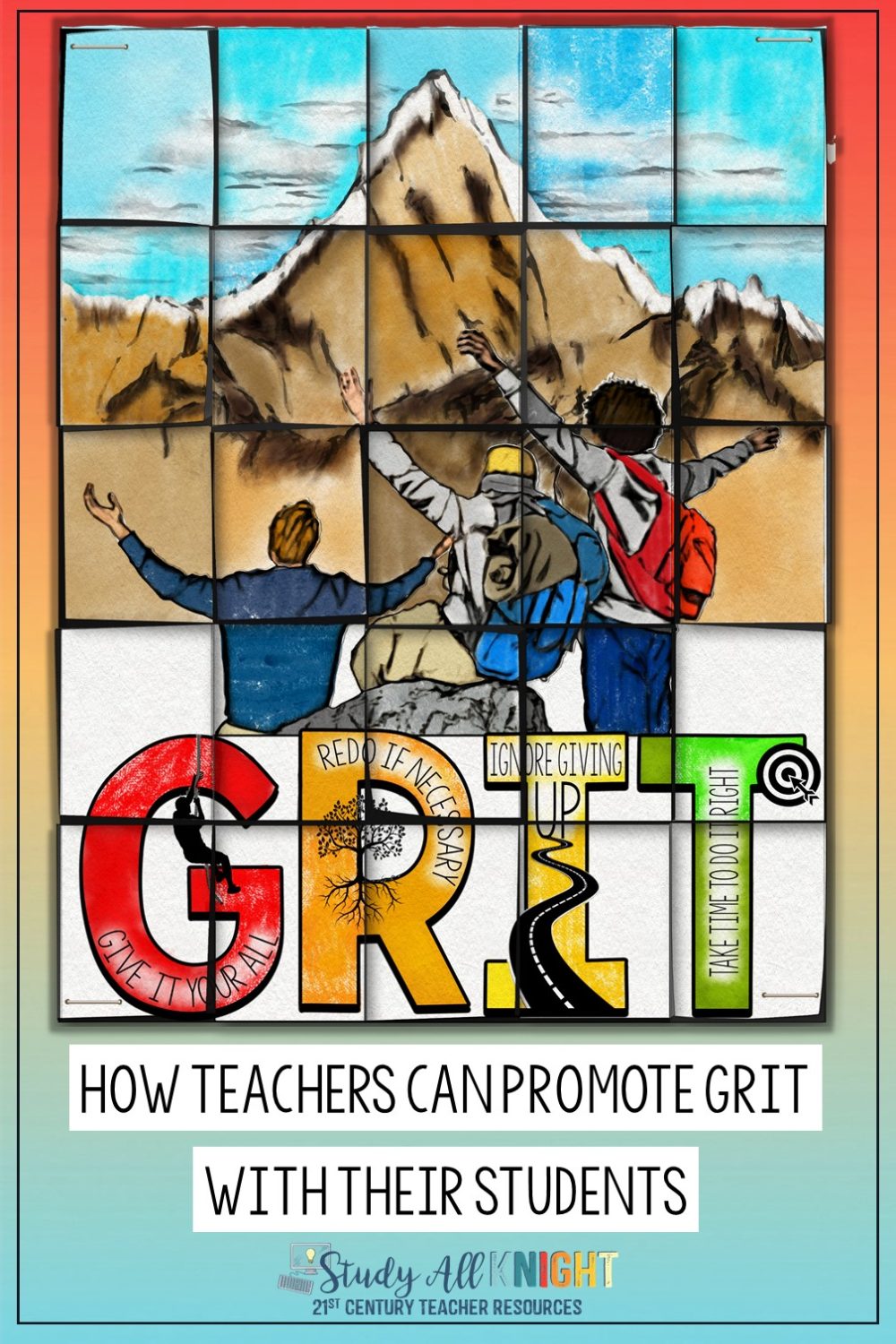
Now that you know what GRIT means, how can you use it your classroom?When you start implementing GRIT in your classroom, keep in mind all the aspects are qualities that grow over time. Therefore, it’s important to make time and create activities that will help your students grow in their GRIT areas. You can do this by:
- Talking about what GRIT is and why it is important. If students don’t understand it, there won’t be buy-in at all.
- Give your students a chance to test themselves and see where they are at. Once they do that, they can see where they stand and know what they need to work on.
- Allow students to be challenged by things they don’t necessarily feel comfortable with. When students are challenged by different scenarios, they grow in their different GRIT areas. This can be achieved by going out into the community and talking to the elderly or having pen pals in a different area of the world.
- Work on a GRIT mindset in your classroom at the beginning of the school year by introducing it with a fun collaborative poster.
The Plan
- Provide a plan to create goals with tasks to improve their GRIT skills. You can have students make a visual representation to help encourage a GRIT or growth mindset with a fun activity they will remember.
- In addition to the plan, make sure you discuss the importance of reflecting on your GRIT skills and your goals in general.

You can implement any of the above in assignments that you already have by finding places to implement GRIT skills. A big part of implementing these GRIT skills into your lessons is making sure you comment and provide your students with feedback. Students will achieve more with GRIT if they have you in their corner!
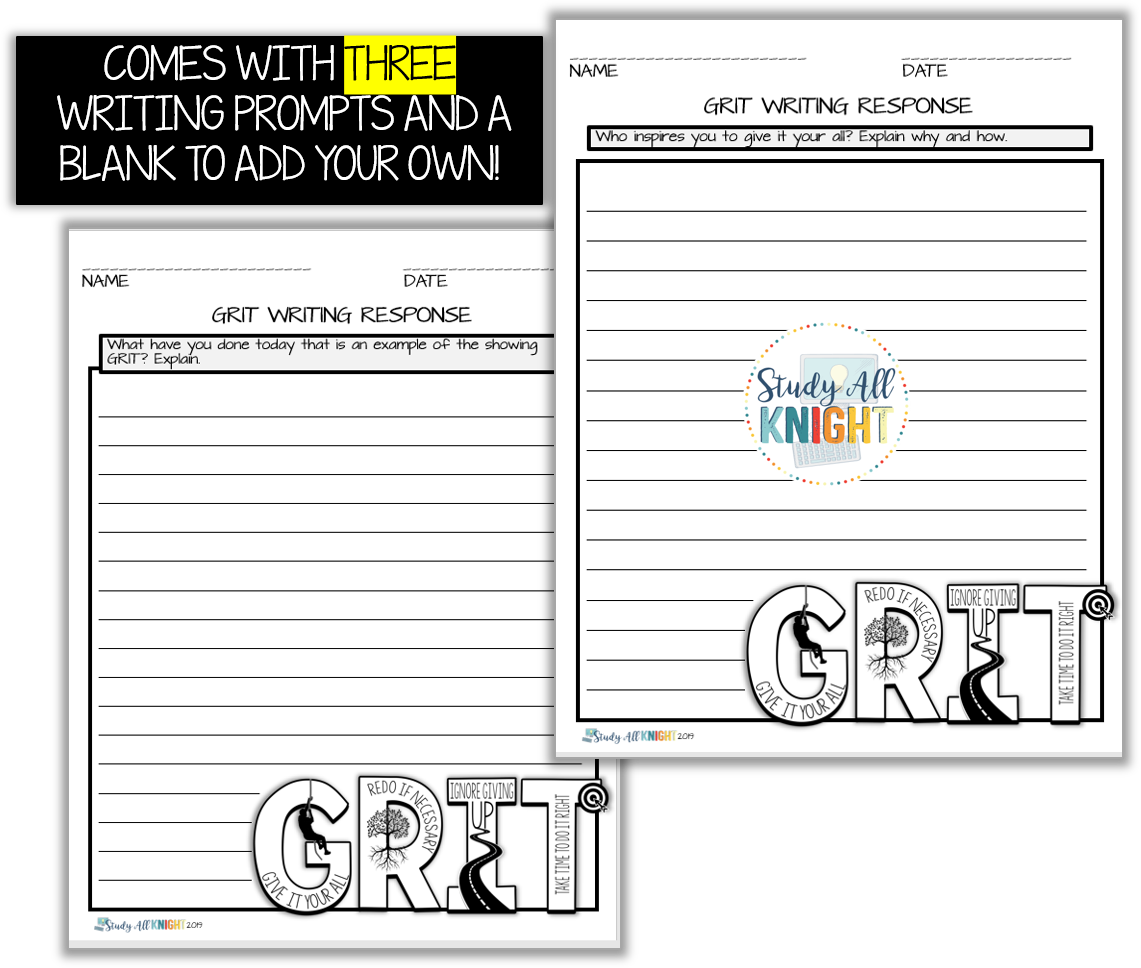
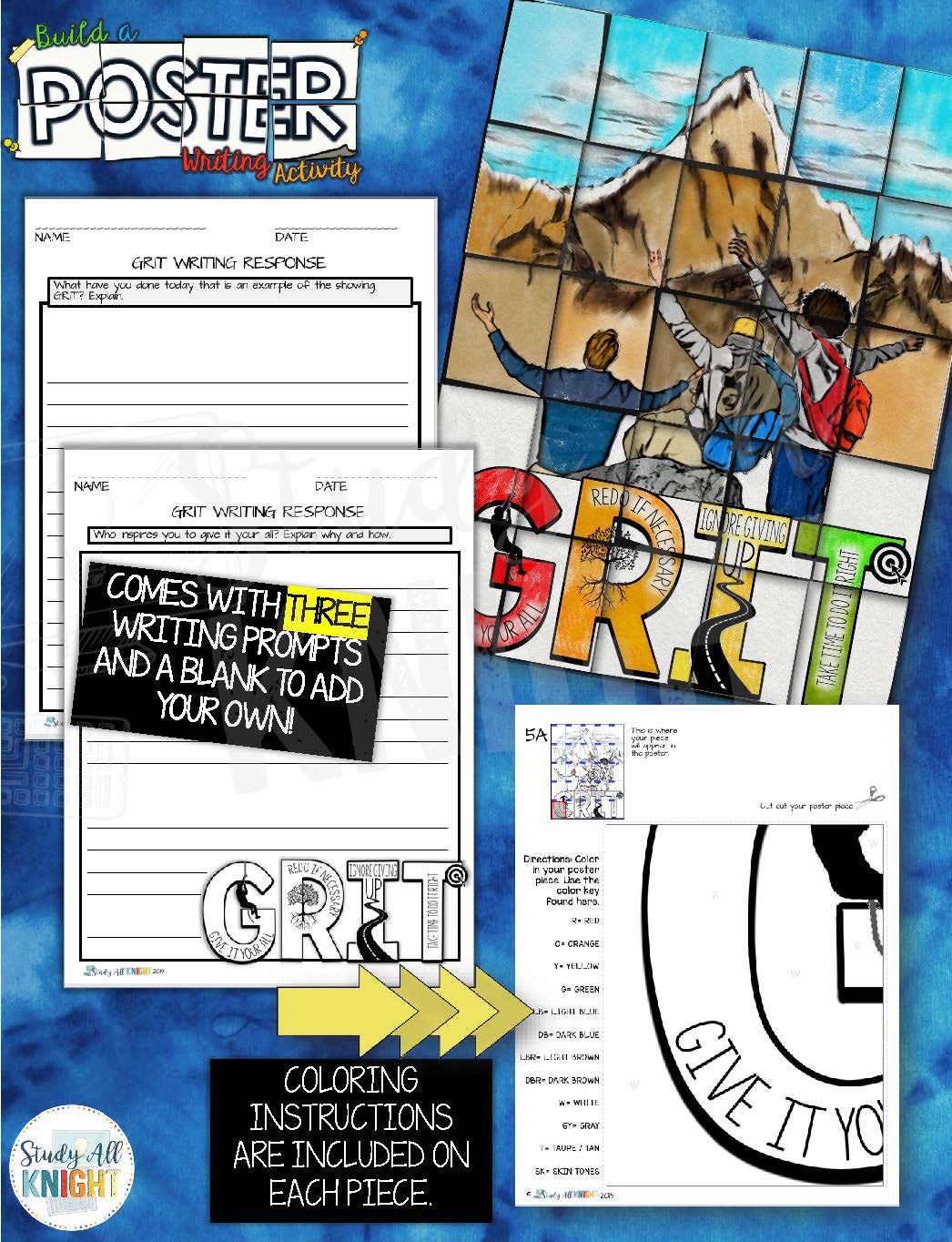

Why Is This Good For Our Students?
There are so many reasons GRIT can be good for your students. The immediate “need” for GRIT in the classroom is pretty obvious: it helps students achieve academic success. When it comes to achieving goals beyond high school, GRIT skills can help students achieve goals in college, the workforce, as well as in their personal lives. When you teach students how to effectively use the GRIT assessment, they can become more well-rounded people who have highly employable skills. Isn’t that the overall goal?
